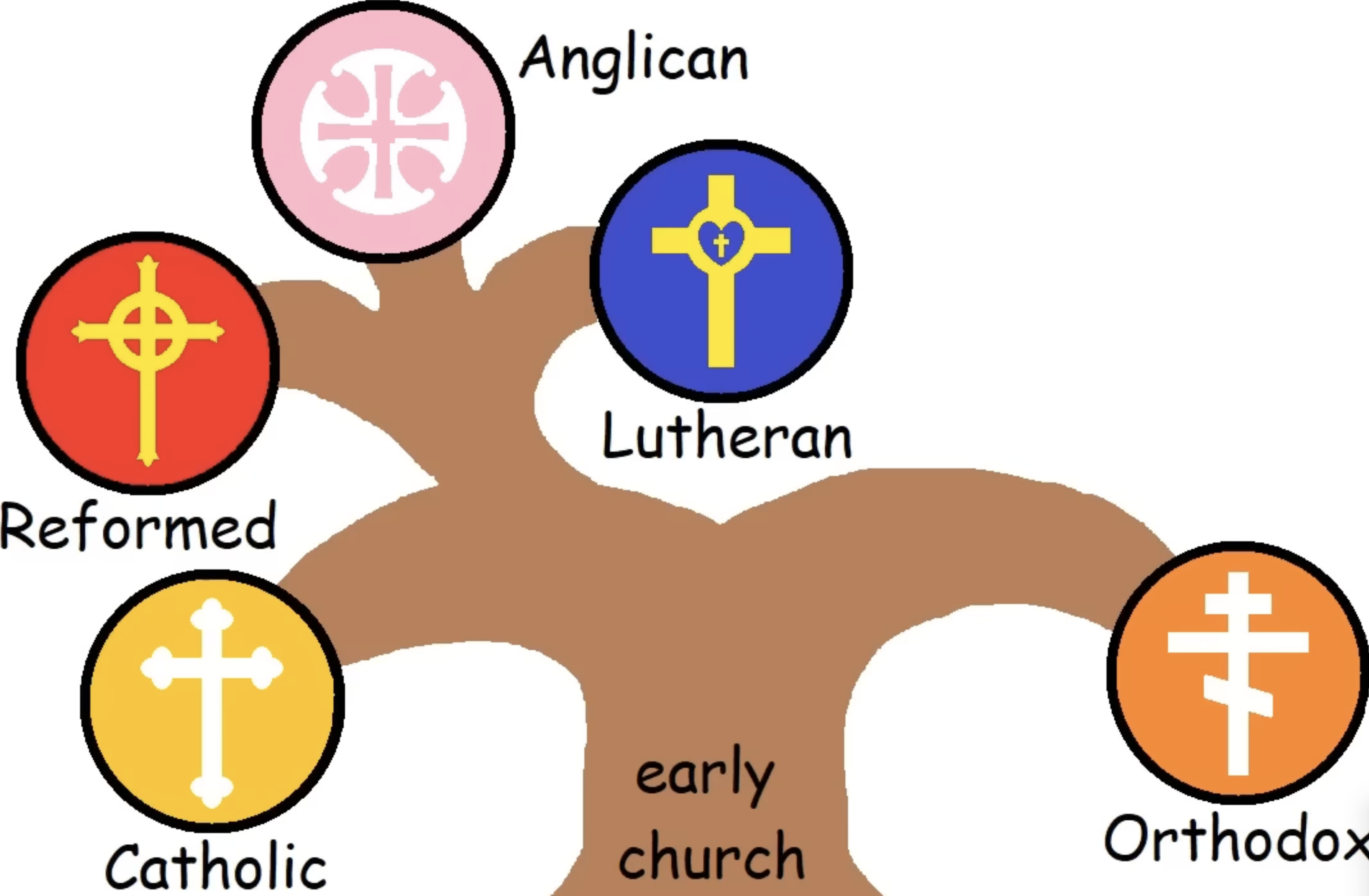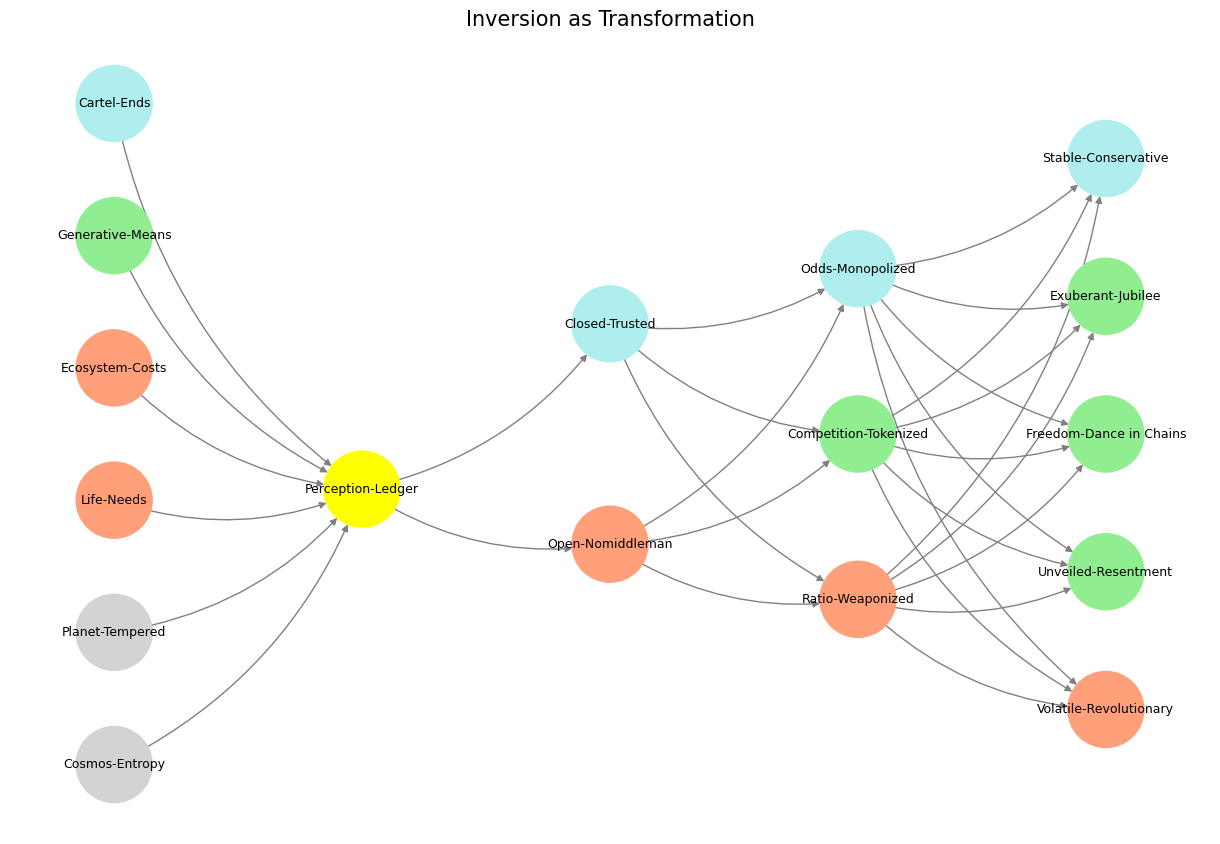Resilience 🗡️❤️💰#
Anthony Capella’s The Various Flavors of Coffee is a rich narrative that blends themes of love, ambition, commerce, and the cultural significance of coffee in the late 19th century. When viewed through the lens of a strategic bequest motive, the novel reveals layers of meaning that align with the dynamics of inheritance—both literal and metaphorical. At its core, the story examines how relationships, values, and legacies are shaped by conditional promises of wealth, knowledge, and purpose.
The novel explores the inheritance of values and legacy, particularly through the protagonist, Robert Wallis. Initially a self-absorbed poet who views himself as above the mundane concerns of commerce, Robert becomes entangled in the world of coffee when tasked with creating a flavor wheel for Samuel Pinker’s coffee business. This task serves as a gateway to a metaphorical inheritance of knowledge. By immersing himself in the intricacies of coffee, Robert gains entry into a world of cultural and economic significance, where coffee acts as a symbol of global interconnectedness and human ambition. Pinker’s business functions as a form of strategic bequest, embodying the legacy of coffee’s cultural and economic weight. The choices made by characters within this framework—whether to align with the business’s growth or resist its influence—mirror the conditions and consequences of inheriting such a legacy.

Fig. 8 What Exactly Is It About? Might it be about fixed odds, pattern recognition, leveraged agency, curtailed agency, or spoils for further play? Grants certainly are part of the spoils for further play. And perhaps bits of the other stuff.#
Robert’s relationship with Emily, Pinker’s daughter, adds another dimension to the strategic bequest motive. Pinker orchestrates their relationship to secure Robert’s loyalty and ensure his talents are devoted to the family business. The inheritance in this case operates on multiple levels: literal economic success, integration into Pinker’s legacy, and the symbolic promise of upward mobility and a sense of purpose. However, this conditional inheritance is complicated by its manipulative underpinnings. The novel critiques the distortions such arrangements can impose on personal relationships and individual agency, paralleling the tragic consequences of King Lear, where the misuse of strategic inheritance leads to familial and personal disarray.
The depiction of coffee as a global commodity introduces the theme of exploitation and colonialism as a systemic form of inheritance. Coffee is portrayed not just as a drink but as a product with roots in colonial labor and exploitation. The wealth and power derived from coffee are passed down through generations of colonizers and businessmen, creating a conditional bequest that depends on the continued subjugation of colonized nations. This systemic inheritance underscores the ethical complexities of wealth and legacy, where prosperity is often built on the suffering of others. It reveals a darker side of the strategic bequest motive, where the fulfillment of one party’s legacy comes at the expense of another’s freedom and dignity.
At its heart, Robert’s journey reflects a personal inheritance of values and self-awareness. Over time, he evolves from a self-indulgent aesthete into someone who understands and appreciates the profound complexity of life and coffee alike. This transformation represents a fulfillment of inheritance not tied to material wealth but to wisdom, growth, and meaning. It aligns with the idea of a more existential bequest, where the legacy passed down is one of self-discovery and personal redemption rather than economic gain.
In The Various Flavors of Coffee, the strategic bequest motive operates on multiple interconnected levels: personal, relational, and systemic. The narrative critiques the consequences of tying love, loyalty, and identity to conditions imposed by power and legacy, exposing the flaws and limitations of such arrangements. At the same time, it celebrates the transformative potential of connection and discovery, suggesting that some inheritances—like the appreciation of life’s richness and complexity—transcend their strategic origins. By weaving these themes together, the novel offers a profound meditation on the interplay between inheritance, ambition, and the human condition.
Show code cell source
import numpy as np
import matplotlib.pyplot as plt
import networkx as nx
# Define the neural network fractal
def define_layers():
return {
'World': ['Cosmos-Entropy', 'Planet-Tempered', 'Life-Needs', 'Ecosystem-Costs', 'Generative-Means', 'Cartel-Ends', ], # Polytheism, Olympus, Kingdom
'Perception': ['Perception-Ledger'], # God, Judgement Day, Key
'Agency': ['Open-Nomiddleman', 'Closed-Trusted'], # Evil & Good
'Generative': ['Ratio-Weaponized', 'Competition-Tokenized', 'Odds-Monopolized'], # Dynamics, Compromises
'Physical': ['Volatile-Revolutionary', 'Unveiled-Resentment', 'Freedom-Dance in Chains', 'Exuberant-Jubilee', 'Stable-Conservative'] # Values
}
# Assign colors to nodes
def assign_colors():
color_map = {
'yellow': ['Perception-Ledger'],
'paleturquoise': ['Cartel-Ends', 'Closed-Trusted', 'Odds-Monopolized', 'Stable-Conservative'],
'lightgreen': ['Generative-Means', 'Competition-Tokenized', 'Exuberant-Jubilee', 'Freedom-Dance in Chains', 'Unveiled-Resentment'],
'lightsalmon': [
'Life-Needs', 'Ecosystem-Costs', 'Open-Nomiddleman', # Ecosystem = Red Queen = Prometheus = Sacrifice
'Ratio-Weaponized', 'Volatile-Revolutionary'
],
}
return {node: color for color, nodes in color_map.items() for node in nodes}
# Calculate positions for nodes
def calculate_positions(layer, x_offset):
y_positions = np.linspace(-len(layer) / 2, len(layer) / 2, len(layer))
return [(x_offset, y) for y in y_positions]
# Create and visualize the neural network graph
def visualize_nn():
layers = define_layers()
colors = assign_colors()
G = nx.DiGraph()
pos = {}
node_colors = []
# Add nodes and assign positions
for i, (layer_name, nodes) in enumerate(layers.items()):
positions = calculate_positions(nodes, x_offset=i * 2)
for node, position in zip(nodes, positions):
G.add_node(node, layer=layer_name)
pos[node] = position
node_colors.append(colors.get(node, 'lightgray')) # Default color fallback
# Add edges (automated for consecutive layers)
layer_names = list(layers.keys())
for i in range(len(layer_names) - 1):
source_layer, target_layer = layer_names[i], layer_names[i + 1]
for source in layers[source_layer]:
for target in layers[target_layer]:
G.add_edge(source, target)
# Draw the graph
plt.figure(figsize=(12, 8))
nx.draw(
G, pos, with_labels=True, node_color=node_colors, edge_color='gray',
node_size=3000, font_size=9, connectionstyle="arc3,rad=0.2"
)
plt.title("Inversion as Transformation", fontsize=15)
plt.show()
# Run the visualization
visualize_nn()


Fig. 9 This is an updated version of the script with annotations tying the neural network layers, colors, and nodes to specific moments in Vita è Bella, enhancing the connection to the film’s narrative and themes:#

